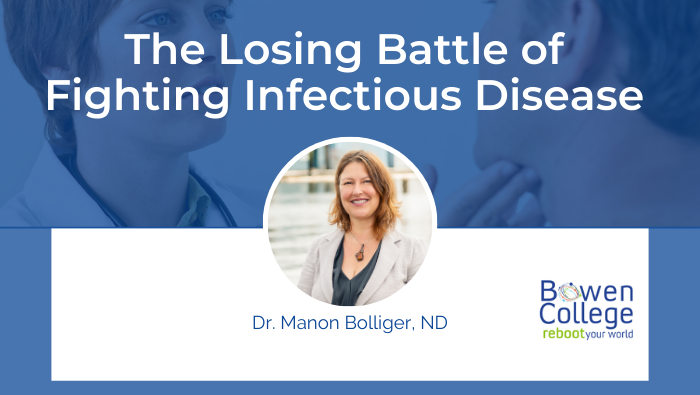In the last couple posts I’ve been examining the processes of endogenous cell decay as an alternative to the mainstream paradigm of the Germ Theory of Disease. We’ve seen how certain internal processes can generate the cell decay that gives rise to invasion of scavenger bacteria. I won’t to conclude this discussion with just a few more observations.
The toxins (acids) from the whole spectrum of these microforms combine to produce symptoms, or provoke the body to produce them. This toxic output of yeast, fungus and mold shows up as signs and symptoms of disruption in the body, but that is not to say that it is the microforms themselves that initiated the disease. They only show up because of a compromised biological terrain.
In the 1979 edition of Clinical Interpretation of Laboratory Tests, Frances K. Widmann, M.D., associate professor of Pathology at Duke University said, “The war between microorganisms (germ and viruses) continues unremittingly. ‘Wonder drugs’ have not eradicated infectious disease; they have merely changed the conditions and natural history of many infections. Organisms (microbes) display a remarkable capacity to adapt, so that drugs effective today become ineffective against the same type of infection tomorrow.
“Isn’t it strange that modern scientists have become so deeply entrenched in the microbial infection theory of disease causation that they are unable to comprehend that infection is not infection … but inflammation. Few people will consider chronic poisoning and/or malnutrition as possible factors in the futile search for disease eradication.”
Isn’t it strange indeed? The last few posts have been very technical and a bit abstract. Over my next few posts I’ll share a personal story to illustrate all this in a way maybe more accessible for some.









